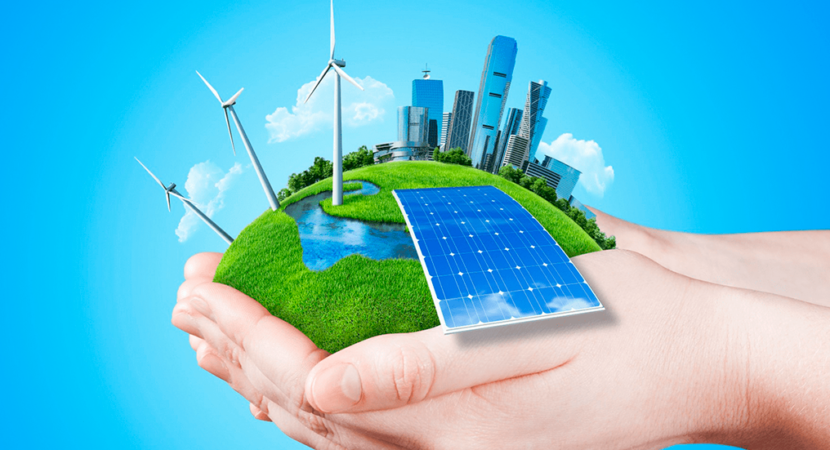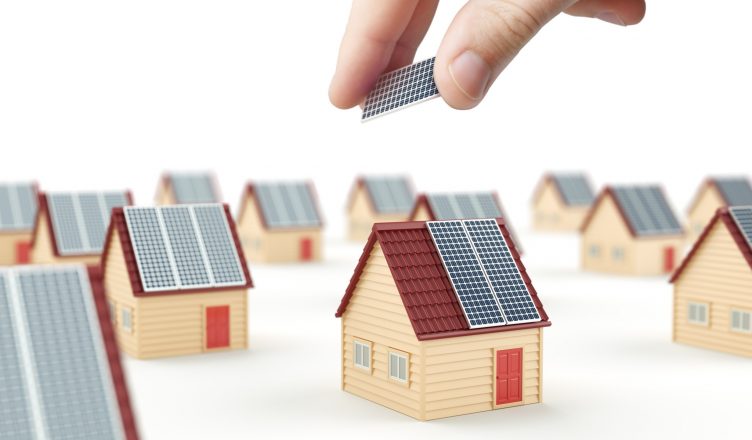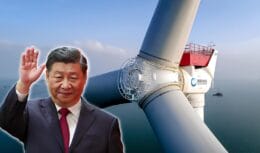
Distributed generation reached the 1 GW mark in the state, driven by the installation of solar energy, which exploded in the last 14 months.
This Friday, the state of São Paulo reached an interesting metric. The state reached the mark of 1 GW installed of distributed energy. In this sense, solar energy has been largely responsible for the growth, with an increase in the installation of solar panels before the approval of the so-called “sun tax” and thanks to the increase in electricity prices in recent months.
- The tariff for the capture of solar energy sent to the Senate will probably go out of the agenda, according to Senador.
Researchers develop new solar energy technology that makes it possible to manufacture more efficient and durable photovoltaic panels
Brazil is the leader in distributed generation of wind energy in Latin America
Installation companies celebrate and enjoy growth. According to the Brazilian Association of Distributed Generation (ABGD) 98% of São Paulo municipalities have at least one distributed generation facility. All other data presented here are part of the same report, showing the profile of energy distributed in the state.
What is the profile of distributed generation in the state of São Paulo?
Among the various cities in the capital – São Paulo, Campinas and Ribeirão Preto, it has been standing out in distributed energy generation, with a good part of the installations.
As already mentioned, distributed energy installations are predominantly in residential installations (491 MW). After that, we have commercial facilities (342 MW) in order, followed by industrial (89 MW) and rural (70 MW) facilities.
The energy matrix distributed in the state is basically solar energy installations (98%), followed by mini and micro thermoelectric (1,01%) and hydroelectric units (0,37%), which have been installed in industrial environments.
A good part of the thermoelectric installations are installed by companies that, in some way, produce the fuel for the thermoelectric plant in their own activities.
In this sense, it is important to highlight the role of the fin industries and the pulp and paper production, which use wood chips and other traces of production as green fuel for the generation of thermoelectric energy, since the carbon resulting from the burning of this waste is only equivalent to what trees sucked out of the atmosphere for your knowledge, what is called “zero carbon”.
One of the association's future goals is to increase the variety of generation matrices, including biomass and solid urban waste thermoelectric plants.
The boom in distributed generation and the “gold rush” for solar generation.
Another interesting piece of data presented shows the explosion of distributed generation in the last 14 months. In the state of São Paulo, the first installation of distributed energy was in August 2013, and from that date until 2020, there was the installation of 500MW. The other 500 MW were installed in just 14 months.
According to ABGD president Carlos Evangelista, “There is a justified gold rush, especially in solar energy. The advancement of the Distributed Generation Legal Framework and the rise in the cost of electricity justify the search for mini- and micro-generation”. In other words, the difficulties created by the water crisis and the constant increase in the electricity bill, associated with the possibility of generating a tax for distributed energy (dubbed the sun tax, pending in the Senate) caused the market to explode.

Solar energy has been absorbing this interest, especially since it is a fully adaptable project for residential microgeneration. Solar panels can be placed on the roof and installation is less hassle than other options.
Is it worth installing solar energy?
The distributed generation of solar energy is, according to experts, an excellent cost benefit. Being able to reduce the energy bill by up to 95%, according to information from Portal Solar.
O buyback (time when the savings generated by the installation of solar panels compensates the amount invested in the installation) takes between 4 and 6 years, and generally the installation works without maintenance for up to more than 10 years.
The value remains the biggest obstacle to the popularization of solar energy, since installation costs usually exceed R$10, but solar energy installation companies have already been working on ways to facilitate the payment of installation.












